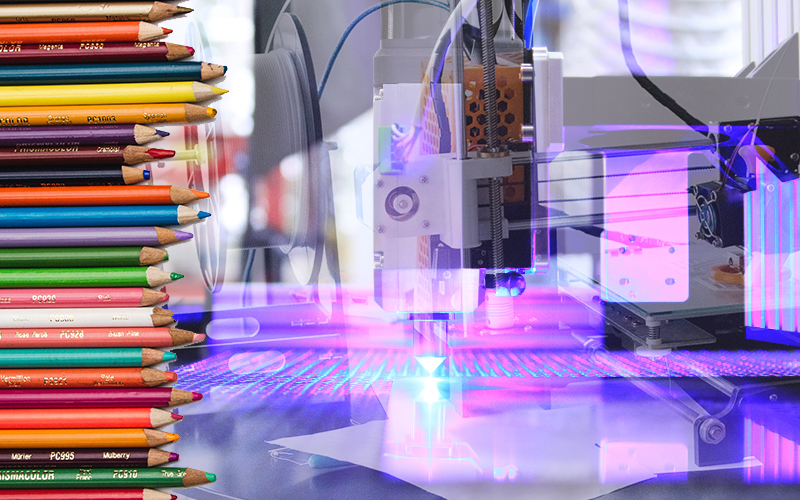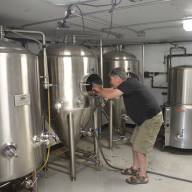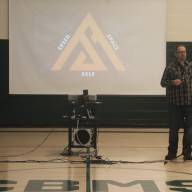After partnering with the Burlington-based nonprofit Generator, Harwood Union Middle and High School (HUMHS) teachers and staff will be studying various aspects of makerspaces.
Last February, HUMHS was notified that it was accepted to participate in a program run by Generator called the Vermont MakerSchools Initiative, which
provides three years of support to six rural Vermont secondary schools to develop makerspaces and related programming – primarily by working with teachers and other school staff. This includes consultation about tools and equipment, as well as guidance on curriculum.
In 2024, HUMHS teachers and staff will attend trainings at Generator called Train-the-Teacher, choosing between workshops that focus on laser cutters, vinyl cutters, 3D printers, sewing machines and computer labs with 3D design software. These workshops are offered to HUMHS staff for free and are also open to the public and provide certified professional development hours with a registration fee.
As part of the initiative, Generator staff will visit HUMHS classrooms to help teachers develop hands-on and tool-based projects related to the content areas they teach. HUMHS science teacher Angela Selvaggio said that Generator can also help HUMHS staff conceptualize the design and implementation of a future makerspace for the school, and that the school will be responsible for putting it together over time.
Makerspaces are sites where high-tech and craft tools are used to create products and projects. They can work in a variety of settings, in a number of different ways. They may have different equipment, goals and funding models. Makerspaces in schools have typically focused on getting students involved in science, technology, engineering, and math education, as well exploring workforce development.
Selvaggio said that HUMHS already has tools that could be applied to a makerspace, but that the Generator program is providing support for staff in knowing how to use them, as well as how to manage a space – thinking about workflow, how to process consumable materials, and other logistics. “It’s not a common thing that teachers get trained in,” she said.
Generator launched its initiative after receiving $365,000 from the U.S. Department of Education as part of the Omnibus Appropriations Act of 2022. The makerspace has been running since 2014 and part of its mission has been to train teachers and school staff to set up similar spaces at their own institutions. Executive director Meg Hammond said that schools can’t just be told to build out makerspaces when knowledge, materials, trained staff and other resources are lacking.
Hammond said that Generator decided to intensify its support for Vermont schools when the COVID-19 pandemic interrupted a lot of programming. Schools in Hardwick, Barre and other locations were already driving their students to Burlington to attend Generator’s youth programs, which had been growing rapidly in the past few years. Generator was also experimenting with transporting tools to Vermont school classrooms, to offer instruction on site.
These factors prompted Generator staff to consider helping schools to establish their own makerspaces and tool-based programming – “to narrow the gap in STEAM education throughout Vermont,” Hammond said.
HUMHS was selected to participate in the MakerSchools Initiative along with five other Vermont schools, including Bellows Falls Union High School in Westminster, Hazen Union School in Hardwick, White River Valley Middle School in Bethel, Main Street Middle School in Montpelier, and Williston Central School in Williston.
Selvaggio said that while teachers and staff will be trained by Generator, the program is really about “creating opportunities for students to grow skills that they can use in our rapidly-changing work landscape.”
“Hopefully bringing this into rural schools will give students opportunities to learn about these differing tools and technology,” she said.













